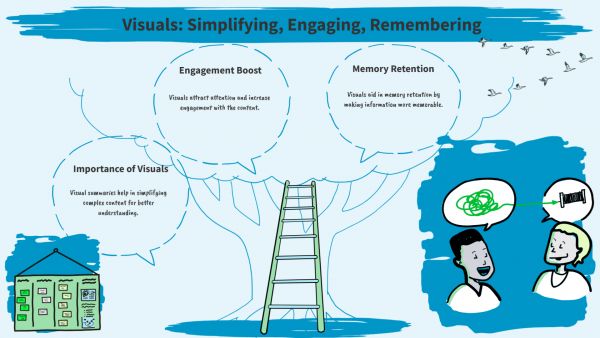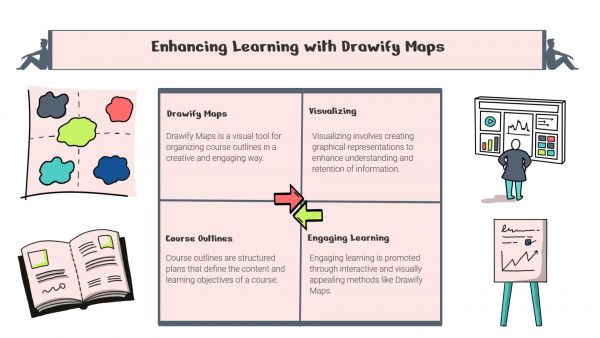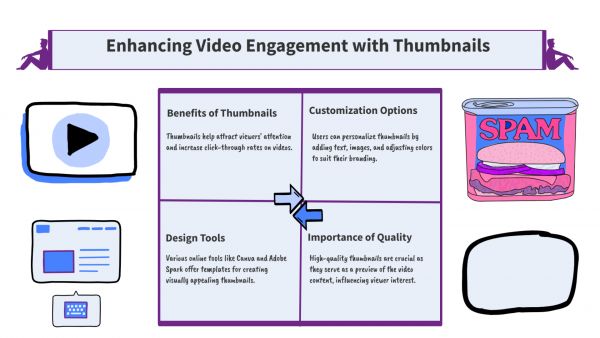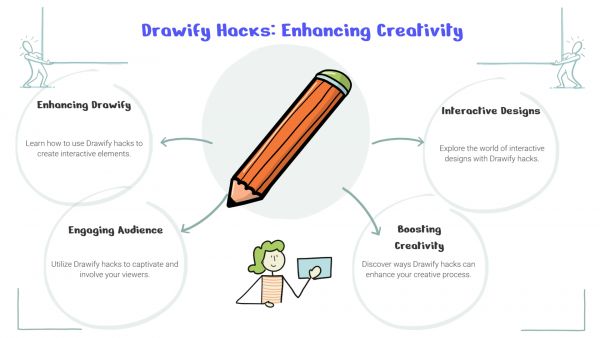Whether you've got stories to tell or art to create, there's a place for you here.

Online Course Creators
Drawify Tips for Multi-Language Courses
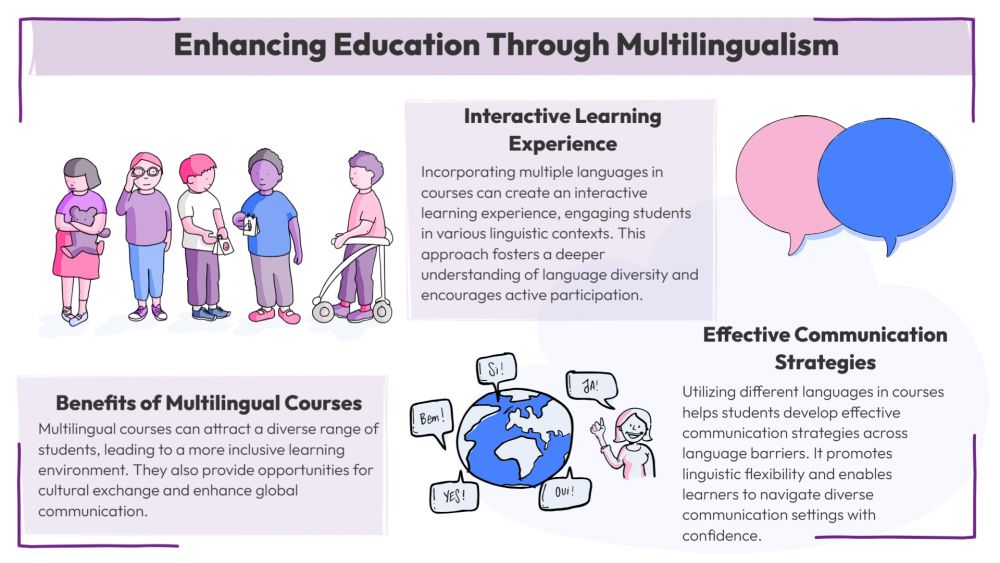
-
ARAnshu Raj- Founder & CEO, Drawify
-
Oct 08, 2025 5 min read
In a modern global learning environment, instructors and course developers frequently create curricula for diverse audiences with a variety of linguistic and cultural backgrounds. Ensuring that the content remains interesting, inclusive, and accessible for students everywhere is one of the most challenging tasks. Here's where the collaborative illustration tool Drawify comes into the picture. Regardless of the language barrier, educators can create clarity and engagement with Drawify's customizable visuals. This article will discuss effective Drawify strategies for multilingual classes that enhance inclusion, accessibility, and student engagement.
The Significance of Visuals in Multilingual Education:
- Universal Understanding: visuals clarify ideas by transcending words.
- Improved Retention: When concepts are presented using visuals, learners retain them more effectively.
- Cultural Inclusivity: Diverse learners can be represented through customized illustrations.
- Consistency Across Translations: Visuals keep the course structure unified, even when text changes.
By utilising Drawify's vast library of customizable illustrations, educators may overcome communication barriers and provide audiences speaking multiple languages with powerful lessons.

Drawify Tips for Multi-Language Courses:
1. Use Simple, Culturally Neutral Illustrations:
Avoid using culturally biased symbols that might be difficult to translate when creating images. Use Drawify's library of widely recognized images and icons, such as books, arrows, lightbulbs, and people in various contexts.
2. Personalize Graphic Text to Each Language:
With Drawify, editing text inside images is simple. Whether the illustration is in English, Spanish, Hindi, or Arabic, make localized copies of it for multilingual courses to ensure clarity without starting from scratch.
3. Develop a Visual Glossary:
It's important to be consistent. In Drawify, create a collection of recurrent symbols and diagrams to symbolise important ideas. As a result, learners can rely on a visual dictionary that makes it simpler to understand complicated concepts in different languages.
4. Bridge the Language Gaps with Storytelling:
Visual storytelling is made simple with Drawify's illustrations. Using pictures that tell a story helps students relate on an emotional level, regardless of how proficient they are as readers.
5. Design Modular Visuals for Easy Updates:
Both translations and curricula change over time. Drawify allows you to make visuals modular, which separates text, icons, and backgrounds. This way, you can easily update content for other languages without having to completely redo the visual.
6. Promote Teamwork in Visual Production:
Drawify can be used as a hub for collaboration if your course team is spread throughout different regions. In order to ensure language relevance and cultural authenticity, colleagues can collaborate to co-create, review, and modify graphics.
Benefits of Using Drawify for Multi-Language Courses:
- Efficiency: By translating a single master picture into several languages, you can save time.
- Inclusivity: Use several illustration styles to represent a range of learners.
- Scalability: Handle multilingual changes with ease without having to recreate the graphics.
- Engagement: Use images that communicate more effectively than words to enhance understanding.
In today’s globalised learning environment, multilingual courses are no longer optional; they are necessary. Educators and trainers may use graphics as a universal language of learning with Drawify, going beyond words. Regardless of how many languages you teach, you can improve the clarity, inclusivity, and effectiveness of your classes by implementing these suggestions.
- Events
- Workshops
- Visual Storytelling
- How to video
- Communities
- Sketchnoting
- Templates
- UX Designers
- Agile Professionals
- Product Managers
- Freelance Graphic Designers
- Creative Tech Enthusiasts
- Online Course Creators
- Social Media Content Creator
- Creative Agency Owners
- Marketing Professionals
- EdTech Professionals
- Scrum Masters
Come, Be Part of Something Special
-
Got ideas that need visual superpowers?
Jump in and start creating presentations and communications that people actually remember.
Sign In -
Are you an artist ready to grow?
Join our Drawifier family and focus on what you love most - creating art that matters.
Become a Drawifier
Get visualisation tips every week
Subscribe to the Drawify Newsletter, and feed your creativity with visualisation tips and techniques, as well as the latest Drawify workshops, news and resources.
